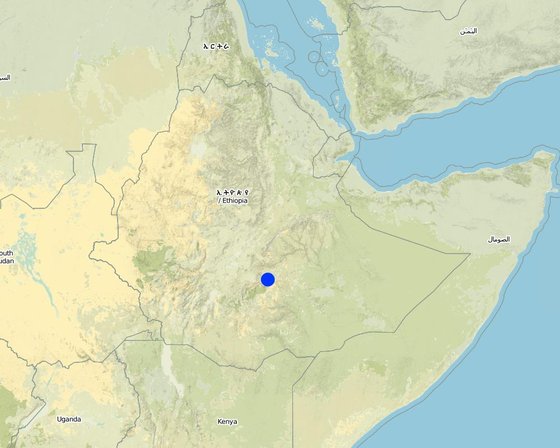

Aims / objectives: To solve problem of food in food difficiet areas by participating the community in implimentation of different development activities relating that are identified to be a reason for their problems, Conservation of soil and water (SWC) in erosion promot areas, participating the community in problem identifying planing decision making & implementation using SWC specialist to facilitate the over all acomplishment of the project, brief description of the project to local adminstration units establishment of project planning and development team problem identification and decision making, socio economic survey, area delination, planning and implementation of development of SWC activities are the stages of the project, convincing the entire community regarding the objectives & participating at all stages of the project, the approach emphasizes more on SWC activities and its implementation continues of for 5(five) consequative years.

地点: Oromiya, 埃塞俄比亚
启动日期: 不适用
终止年份: 不适用
方法的类型| 该方法涉及哪些利益相关者/执行机构? | 指定利益相关者 | 说明利益相关者的角色 |
| 当地土地使用者/当地社区 | Adult stage community level. Working land users were mainly men (Now a days the approach has focused in an equal participation of gender.). Due to the effects of socio-cultural attitudes and different house hold- activities the participation of women was inadequate. Mainly mean with an age of 20-45 have been involved in SWC activity selection. | |
| 国家政府(规划者、决策者) | Implementation WW with the help of gov't staffs such as MOA, NIRIDER/ E/ Rehabilitation. | |
| 国际组织 |
决策是由......做出的
决策是基于
Technical standard of physical conservation structures, experience sharings based on field supervisions etc.
土地使用者的劳动力为
To some extent the technical standard of physical conservation measures were improved.
The approach didn't try to reduce the problem because of lack of the support of lands use policies. Land use policies are targeted by the Gov't but still it has not started its implementation or performance.